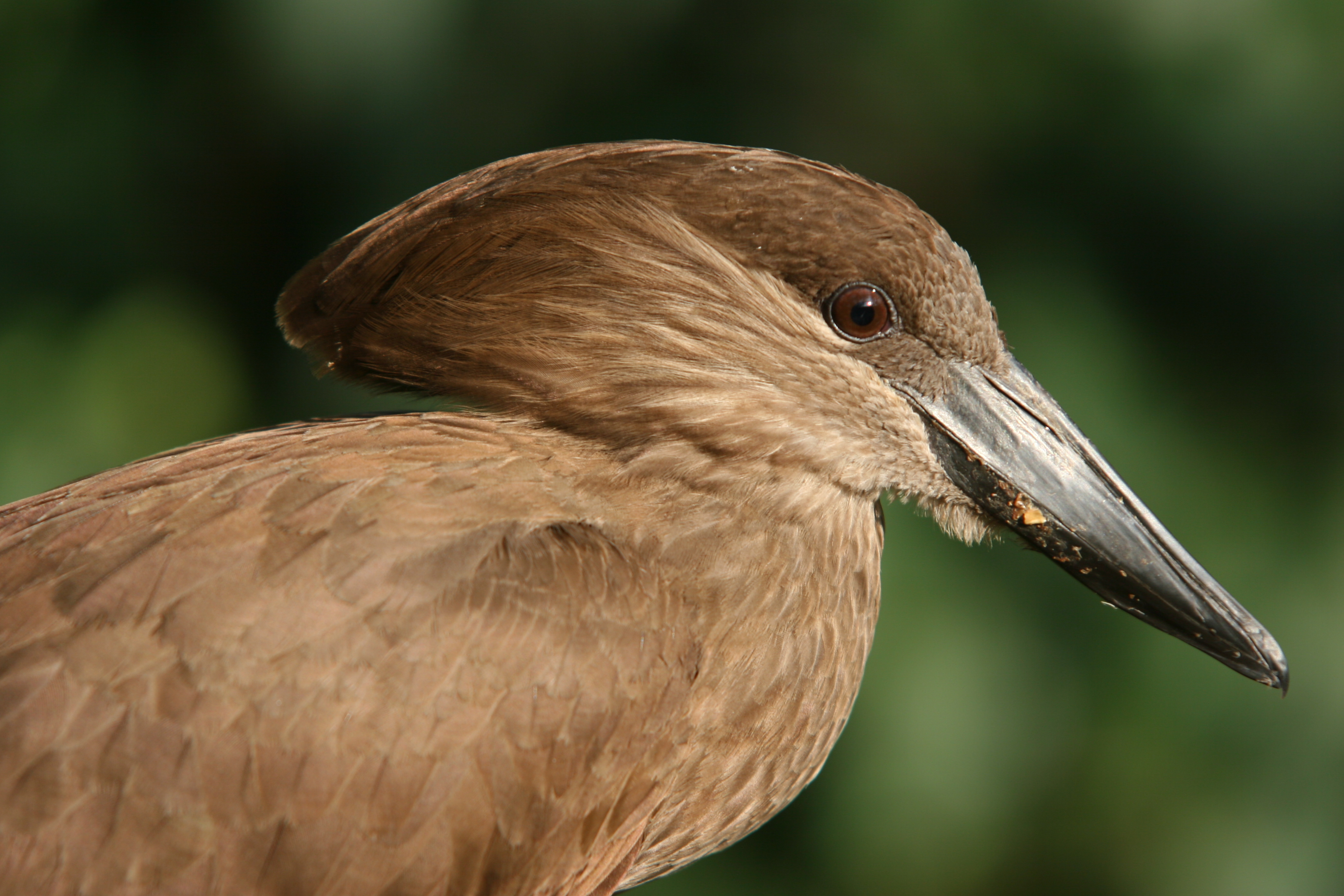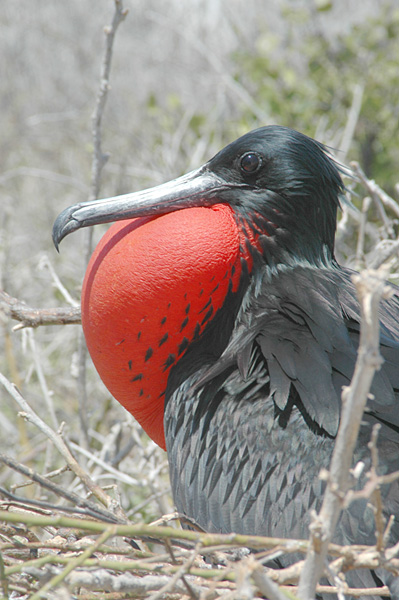|
Pelican
Pelicans (genus ''Pelecanus'') are a genus of large water birds that make up the family Pelecanidae. They are characterized by a long beak and a large throat pouch used for catching prey and draining water from the scooped-up contents before swallowing. They have predominantly pale plumage, except for the brown and Peruvian pelicans. The bills, pouches, and bare facial skin of all pelicans become brightly coloured before the breeding season. The eight living pelican species have a patchy global distribution, ranging latitudinally from the tropics to the temperate zone, though they are absent from interior South America and from polar regions and the open ocean. Long thought to be related to frigatebirds, cormorants, tropicbirds, and gannets and boobies, pelicans instead are now known to be most closely related to the shoebill and hamerkop, and are placed in the order Pelecaniformes. Ibises, spoonbills, herons, and bitterns have been classified in the same order. Foss ... [...More Info...] [...Related Items...] OR: [Wikipedia] [Google] [Baidu] |
Brown Pelican
The brown pelican (''Pelecanus occidentalis'') is a bird of the pelican family, Pelecanidae, one of three species found in the Americas and one of two that feed by diving into water. It is found on the Atlantic Coast from New Jersey to the mouth of the Amazon River, and along the Pacific Coast from British Columbia to northern Chile, including the Galapagos Islands. The nominate subspecies in its breeding plumage has a white head with a yellowish wash on the crown. The nape and neck are dark maroon–brown. The upper sides of the neck have white lines along the base of the gular pouch, and the lower fore neck has a pale yellowish patch. The male and female are similar, but the female is slightly smaller. The nonbreeding adult has a white head and neck. The pink skin around the eyes becomes dull and gray in the nonbreeding season. It lacks any red hue, and the pouch is strongly olivaceous ochre-tinged and the legs are olivaceous gray to blackish-gray. The brown pelican ... [...More Info...] [...Related Items...] OR: [Wikipedia] [Google] [Baidu] |
Great White Pelican
The great white pelican (''Pelecanus onocrotalus'') also known as the eastern white pelican, rosy pelican or white pelican is a bird in the pelican family. It breeds from southeastern Europe through Asia and Africa, in swamps and shallow lakes. The great white pelican has been rated as a species of least concern on the IUCN Red List of Endangered Species (IUCN). It is listed under Appendix I of the Convention on the Conservation of Migratory Species of Wild Animals, Annexure I under the EU Birds Directive on the Conservation of Wild Birds, and Appendix II of the Berne Convention on the Conservation of European Wildlife and Natural Habitats. It is also listed within 108 Special Protection Areas in the European Union. It occurs within 43 Important Bird Areas (IBAs) in its European range. It is one of the species to which the Agreement on the Conservation of African-Eurasian Migratory Waterbirds (AEWA) is applied. Description The great ... [...More Info...] [...Related Items...] OR: [Wikipedia] [Google] [Baidu] |
Peruvian Pelican
The Peruvian pelican (''Pelecanus thagus'') is a member of the pelican family. It lives on the west coast of South America, breeding in loose colonies from about 33.5° in central Chile to Piura in northern Peru, and occurring as a visitor in southern Chile and Ecuador.Handbook of the Birds of the World AlivePeruvian pelican.Retrieved 21 May 2017. Description These birds are dark in colour with a white stripe from the top of the bill up to the crown and down the sides of the neck. They have long tufted feathers on the top of their heads. It was previously considered a subspecies of the brown pelican (''Pelecanus occidentalis''). The Peruvian pelican is considerably larger, ranging from about in weight, in length and with a wingspan of about . Compared to the brown pelican, it also has proportionally longer crest feathers, as well as differences in the colours of the gular pouch, beak, scapulars and greater wing coverts. Behaviour Breeding The main breeding season occu ... [...More Info...] [...Related Items...] OR: [Wikipedia] [Google] [Baidu] |
Pelecaniformes
The Pelecaniformes are an order of medium-sized and large waterbirds found worldwide. As traditionally—but erroneously—defined, they encompass all birds that have feet with all four toes webbed. Hence, they were formerly also known by such names as totipalmates or steganopodes. Most have a bare throat patch (gular patch), and the nostrils have evolved into dysfunctional slits, forcing them to breathe through their mouths. They also have a pectinate nail on their longest toe. This is shaped like a comb and is used to brush out and separate their feathers. They feed on fish, squid, or similar marine life. Nesting is colonial, but individual birds are monogamous. The young are altricial, hatching from the egg helpless and naked in most. They lack a brood patch. The pelicans, shoebill and hamerkop form a clade within the order, with their next closest relatives being a clade containing the herons, ibises and spoonbills. The Fregatidae (frigatebirds), Sulidae (gannets and boobie ... [...More Info...] [...Related Items...] OR: [Wikipedia] [Google] [Baidu] |
Shoebill
The shoebill (''Balaeniceps rex'') also known as the whalebill, whale-headed stork or shoe-billed stork, is a very large long-legged wading bird. It derives its name from its enormous shoe-shaped bill. It has a somewhat stork-like overall form and has previously been classified with the storks in the order Ciconiiformes based on this morphology. However, genetic evidence places it with pelicans and herons in the Pelecaniformes. The adult is mainly grey while the juveniles are more brown. It lives in tropical East Africa in large swamps from South Sudan to Zambia. Taxonomy The shoebill may have been known to Ancient Egyptians but was not classified until the 19th century, after skins and eventually live specimens were brought to Europe. John Gould very briefly described it in 1850 from the skin of a specimen collected on the upper White Nile by the English traveller Mansfield Parkyns. Gould provided a more detailed description in the following year. He placed the species in it ... [...More Info...] [...Related Items...] OR: [Wikipedia] [Google] [Baidu] |
Cormorant
Phalacrocoracidae is a family of approximately 40 species of aquatic birds commonly known as cormorants and shags. Several different classifications of the family have been proposed, but in 2021 the IOC adopted a consensus taxonomy of seven genera. The great cormorant (''Phalacrocorax carbo'') and the common shag (''Gulosus aristotelis'') are the only two species of the family commonly encountered in Britain and Ireland and "cormorant" and "shag" appellations have been later assigned to different species in the family somewhat haphazardly. Cormorants and shags are medium-to-large birds, with body weight in the range of and wing span of . The majority of species have dark feathers. The bill is long, thin and hooked. Their feet have webbing between all four toes. All species are fish-eaters, catching the prey by diving from the surface. They are excellent divers, and under water they propel themselves with their feet with help from their wings; some cormorant species have been ... [...More Info...] [...Related Items...] OR: [Wikipedia] [Google] [Baidu] |
Hamerkop
The hamerkop (''Scopus umbretta'') is a medium-sized wading bird. It is the only living species in the genus ''Scopus'' and the family Scopidae. The species and family was long thought to sit with the Ciconiiformes but is now placed with the Pelecaniformes, and its closest relatives are thought to be the pelicans and the shoebill. The shape of its head with a long bill and crest at the back is reminiscent of a hammer, which has given this species its name after the Afrikaans word for hammerhead. It is a medium-sized waterbird with brown plumage. It is found in Africa, Madagascar and Arabia, living in a wide variety of wetlands, including estuaries, lakesides, fish ponds, riverbanks, and rocky coasts. The hamerkop is a sedentary bird that often shows local movements. The hamerkop takes a wide range of prey, mostly fish and amphibians, but shrimps, insects and rodents are taken too. Prey is usually hunted in shallow water, either by sight or touch, but the species is ... [...More Info...] [...Related Items...] OR: [Wikipedia] [Google] [Baidu] |
Frigatebird
Frigatebirds are a family of seabirds called Fregatidae which are found across all tropical and subtropical oceans. The five extant species are classified in a single genus, ''Fregata''. All have predominantly black plumage, long, deeply forked tails and long hooked bills. Females have white underbellies and males have a distinctive red gular pouch, which they inflate during the breeding season to attract females. Their wings are long and pointed and can span up to , the largest wing area to body weight ratio of any bird. Able to soar for weeks on wind currents, frigatebirds spend most of the day in flight hunting for food, and roost on trees or cliffs at night. Their main prey are fish and squid, caught when chased to the water surface by large predators such as tuna. Frigatebirds are referred to as kleptoparasites as they occasionally rob other seabirds for food, and are known to snatch seabird chicks from the nest. Seasonally monogamous, frigatebirds nest colonially. A r ... [...More Info...] [...Related Items...] OR: [Wikipedia] [Google] [Baidu] |
Throat Pouch
Gular skin (throat skin), in ornithology, is an area of featherless skin on birds that joins the lower mandible of the beak (or ''bill'') to the bird's neck. Other vertebrate taxa may have a comparable anatomical structure that is referred to as either a gular sac, throat sac, vocal sac or gular fold. In birds Gular skin can be very prominent, for example in members of the order Phalacrocoraciformes as well as in pelicans (which likely share a common ancestor). In many species, the gular skin forms a flap, or gular pouch, which is generally used to store fish and other prey while hunting. In cormorants, the gular skin is often colored, contrasting with the otherwise plain black or black-and-white appearance of the bird. This presumably serves some function in social signalling, since the colors become more pronounced in breeding adults. In frigatebirds, the gular skin (or gular sac or throat sac) is used dramatically. During courtship display, the male forces air into the ... [...More Info...] [...Related Items...] OR: [Wikipedia] [Google] [Baidu] |
Tropicbird
Tropicbirds are a family, Phaethontidae, of tropical pelagic seabirds. They are the sole living representatives of the order Phaethontiformes. For many years they were considered part of the Pelecaniformes, but genetics indicates they are most closely related to the Eurypygiformes. There are three species in one genus, ''Phaethon''. The scientific names are derived from Ancient Greek ''phaethon'', "sun". They have predominantly white plumage with elongated tail feathers and small feeble legs and feet. Taxonomy, systematics and evolution The genus ''Phaethon'' was introduced in 1758 by the Swedish naturalist Carl Linnaeus in 1758 in the tenth edition of his ''Systema Naturae''. The name is from Ancient Greek ''phaethōn'' meaning "sun". The type species was designated as the red-billed tropicbird (''Phaethon aethereus'') by George Robert Gray in 1840. Tropicbirds were traditionally grouped in the order Pelecaniformes, which contained the pelicans, cormorants and shags, darte ... [...More Info...] [...Related Items...] OR: [Wikipedia] [Google] [Baidu] |
Pelecanidae
The Pelecanidae is a family of pelecaniform birds within the Pelecani that contains two genera: the extinct ''Eopelecanus'' and the extant '' Pelecanus''. The family was monotypic until the description of ''Eopelecanus'' in 2021. Pelecanids have existed since the late Eocene (Priabonian The Priabonian is, in the ICS's geologic timescale, the latest age or the upper stage of the Eocene Epoch or Series. It spans the time between . The Priabonian is preceded by the Bartonian and is followed by the Rupelian, the lowest stage of t ...) and they still exist today. References * * Taxa named by Constantine Samuel Rafinesque Bird families {{pelecaniformes-stub ... [...More Info...] [...Related Items...] OR: [Wikipedia] [Google] [Baidu] |





3.jpg)


